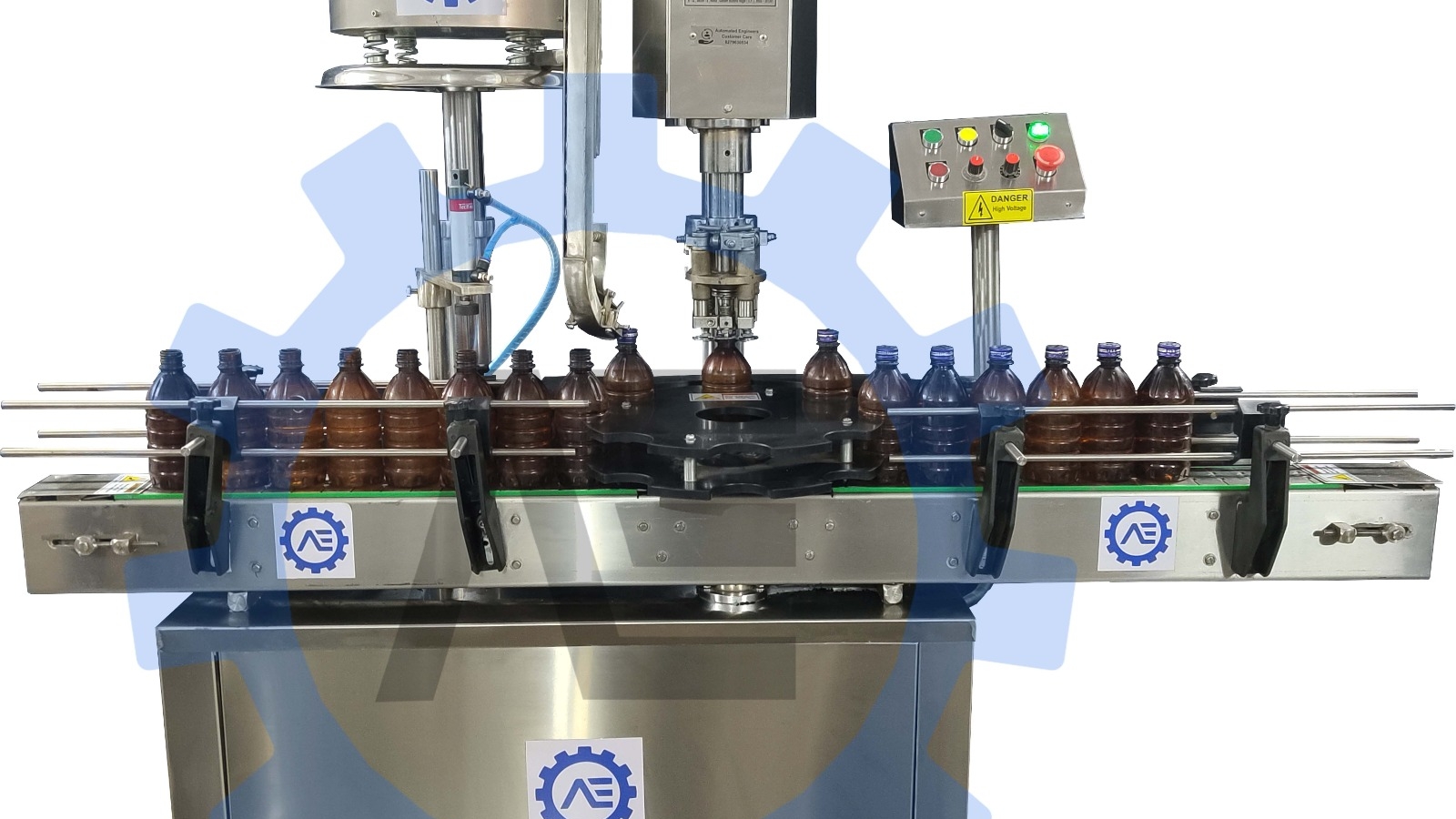In a highly competitive market, increasing production is key to staying ahead. Whether you’re in food processing, cosmetics, pharmaceuticals, or any other product-based industry, improving your production capacity without compromising quality is essential. But boosting output isn’t just about working faster—it’s about working smarter.
Here are 7 proven strategies to increase your production effectively:
1. Invest in Automation Machines
One of the fastest and most reliable ways to scale production is by incorporating automation machines. From filling and labeling to capping and packaging, these machines can handle high volumes with speed and accuracy.
Benefits of automation:
- Speeds up production (e.g., 300 bottles/min)
- Ensures consistent product quality
- Reduces manual labor and operational costs
If you’re still doing most tasks manually, you’re missing out on massive productivity gains.
2. Streamline Your Workflow
Take a critical look at your current workflow. Are there any bottlenecks? Are materials or people waiting unnecessarily?
How to streamline:
- Rearrange workstations for better flow
- Use conveyor systems to move products efficiently
- Eliminate duplicate or unnecessary steps
Lean manufacturing principles can help remove waste and speed up operations.
3. Train Your Workforce
A skilled workforce is just as important as machines. Regularly train your operators and technicians to handle equipment, spot defects early, and work safely under pressure.
Tip: Cross-train employees so they can operate multiple machines or functions. This builds flexibility and avoids downtime due to absenteeism or shift gaps.
4. Implement Preventive Maintenance
Machine breakdowns are a major cause of production delays. Preventive maintenance ensures your equipment stays in top condition, reducing unplanned downtime.
Routine checks should include:
- Lubrication of moving parts
- Checking power supply and control panels
- Cleaning nozzles, conveyors, and sensors
Smart factories even use IoT to schedule predictive maintenance alerts.
5. Use Production Data and Analytics
Data doesn’t lie. Use production software or IoT-enabled machines to monitor output, detect inefficiencies, and optimize every step.
Track KPIs like:
- Cycle time
- Downtime
- Rejection rates
- Overall Equipment Effectiveness (OEE)
When you measure, you can manage—and improve.
6. Upgrade Your Machinery
Old or outdated machines may be limiting your speed and precision. Upgrading to high-speed, automated, or multifunctional machines can make a dramatic difference.
Look for machines with:
- Variable speed drives
- Programmable settings
- Multi-format adaptability
These features can allow quick switchovers and reduce production lead time.
7. Focus on Quality Control
Increased production is useless if quality drops. A strong in-line quality control system ensures fewer reworks and higher customer satisfaction.
Automated QC tools include:
- Vision inspection systems
- Weight checking machines
- Barcode verifiers
Catch issues early to prevent costly recalls or delays.
Conclusion: Grow Smart, Produce More
Increasing production isn’t just about adding more machines or hours—it’s about building a smarter, more agile operation. By combining automation, training, maintenance, and data-driven decisions, you can scale your output, meet growing demand, and stay ahead of the competition.


Add a Comment